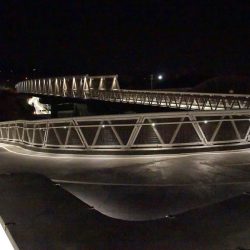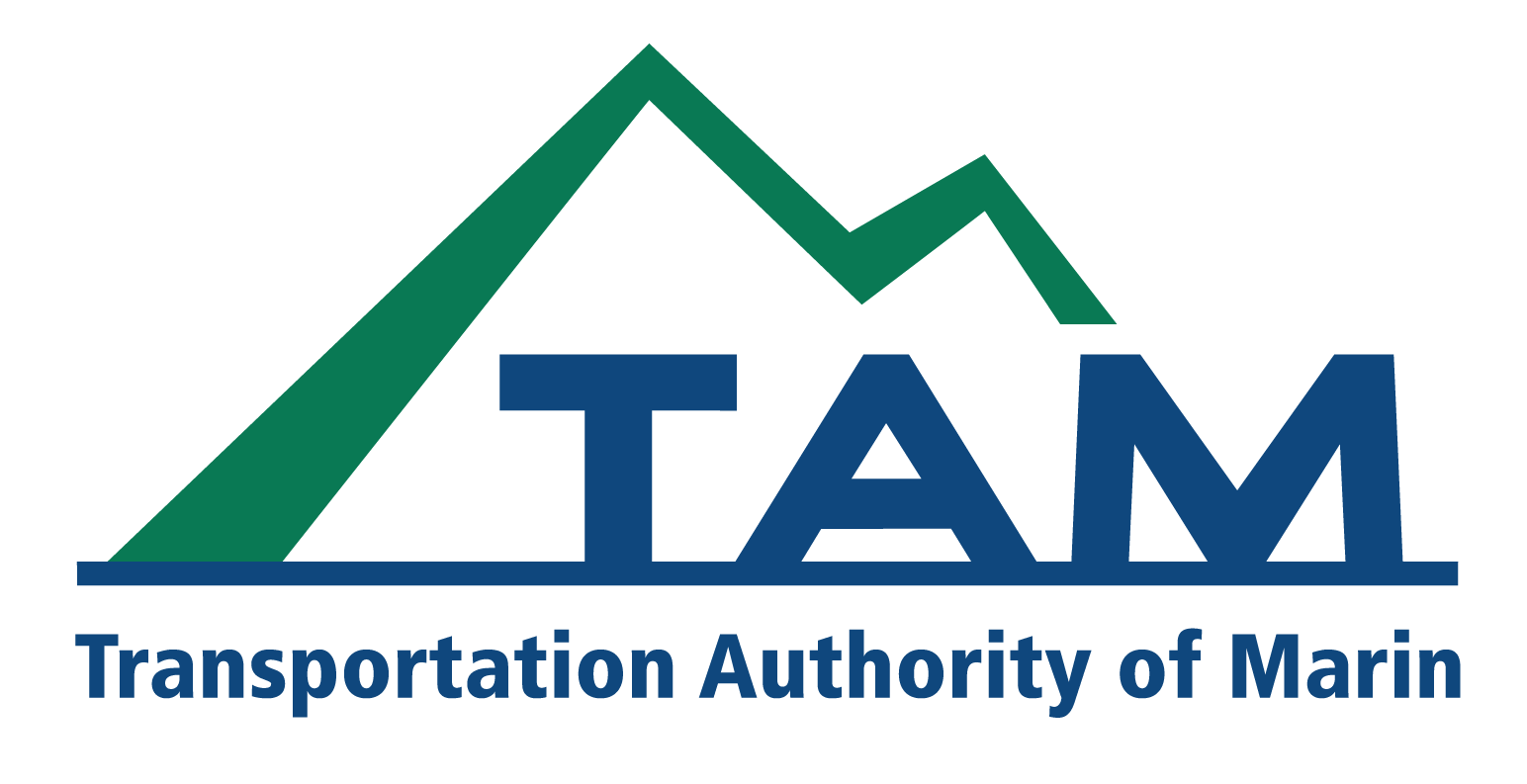
Measure B, which increased the annual vehicle registration fee of Marin County residents by $10 to help fund transportation improvements, was approved by 63% of voters in 2010. Revenues generated by Measure B contribute $2 million per year to Marin County transportation projects and programs.
How are the vehicle registration fees spent?
The Measure B Strategic Plan outlines how the vehicle registration fee revenues are distributed to projects, as well as the oversight process. The strategic plan establishes the timing of allocations and addresses funding priorities. It also reconciles the timing of expected revenues with the schedule for when those revenues are needed in order for sponsors to deliver projects and services.
It’s important to note that the strategic plan itself does not constitute a final funding commitment. Commitments to individual projects and programs are secured through actual allocation actions by the TAM Board of Commissioners.
Revenues generated by Measure B are distributed to the following three areas:
- Enhance and Maintain Bicycle, Pedestrian and Safety Improvements on Local Networks: Includes bicycle facilities, pathways, crosswalks and access improvements.
- Improve Transit for Seniors and Persons with Disabilities: Includes Paratransit Plus, Volunteer Driver Program support, low-income rider scholarships, Gap-Grant Program, mobility management staffing
- Reduce Congestion and Pollution: Includes school safety and congestion reduction, local Marin County commute alternatives, alternative fuels infrastructure and promotion
A brief history: How Measure B came into being
In 2009, State Bill (SB) 83 (Hancock) authorized TAM to propose an annual fee of up to $10 on motor vehicles registered in the County for transportation programs and projects. In 2010, TAM conducted a survey of Marin voters to determine the feasibility of a $10 vehicle registration fee for improvements to transportation. Based on positive public response, the TAM Board of Commissioners authorized TAM staff to develop a draft Expenditure Plan. An Expenditure Plan Advisory Committee (EPAC) was created to help TAM in evaluating potential programs and projects that could benefit from the vehicle registration fee. The Expenditure Plan was amended in February 2023.

The Measure B Vehicle Registration Fee (VRF) passed by Marin County voters in 2010 came up for a 10-year review. The review process was moved to this year due to the challenges brought about by the COVID-19 pandemic. Measure B contributes approximately $2.3M to help fund a variety of transportation projects and programs in Marin County.
The review process began at the Citizens’ Oversight Committee meeting on May 16, 2022 and continued each month through September, 2022. A 45-day comment period was opened by the TAM Board of Commissioners in December 2022 and closed in January 2023.
The following meeting schedule was developed. Agendas and materials were posted on the Calendar Page of the website.
• May 16th, 2022, COC Meeting: Introduction/Funding Landscape/New Ideas
• June 20th, 2022, COC Meeting: Elements 1, 2 & 3 Updates (DPW, Marin Transit, TAM staff)
• July 18th, 2022, COC Meeting: Introduction to Changes Explored
• October 24, 2022, COC Meeting: Staff proposes amendments, and COC votes on recommendations
• November 14, 2022 FPL Executive Committee Meeting: Consider proposed amendments
• December 15, 2022 TAM Board Meeting: Consider opening 45-day comment period and prepare for January or February public hearing for any changes proposed
• January 26, 2023 TAM Board Meeting: TAM Board considers adoption of the Amended Measure B Expenditure Plan
• February 23, 2023 TAM Board Meeting: TAM Board adopts Amended Measure B Expenditure Plan
FINAL Measure B Amended Expenditure Plan
Sign-up to receive COC meeting notifications.
Measure B is estimated to raise $2 million annually from vehicle registration fees (VRF).
| Element | % of VRF revenues | Purpose |
|---|---|---|
| Element 1: Enhance and Maintain Bicycle, Pedestrian and Safety Improvements on Local Networks | 40% | Enhance and maintain Marin County’s network for pedestrians and bicyclists. |
| Element 2: Improve Transit for Seniors and Persons with Disabilities | 35% | Distributed to Marin Transit for Mobility Management programs and enhancements to the specialized transportation system for people with disabilities (e.g., paratransit) to include older adults regardless of disability status. |
| Element 3: Reduce Congestion and Pollution | 25% | Funds projects/programs that can reduce congestion and pollution in Marin, including School Safety and Congestion Reduction; Local Marin County Commute Alternatives; and Alternative Fuels Infrastructure and Promotion. |
